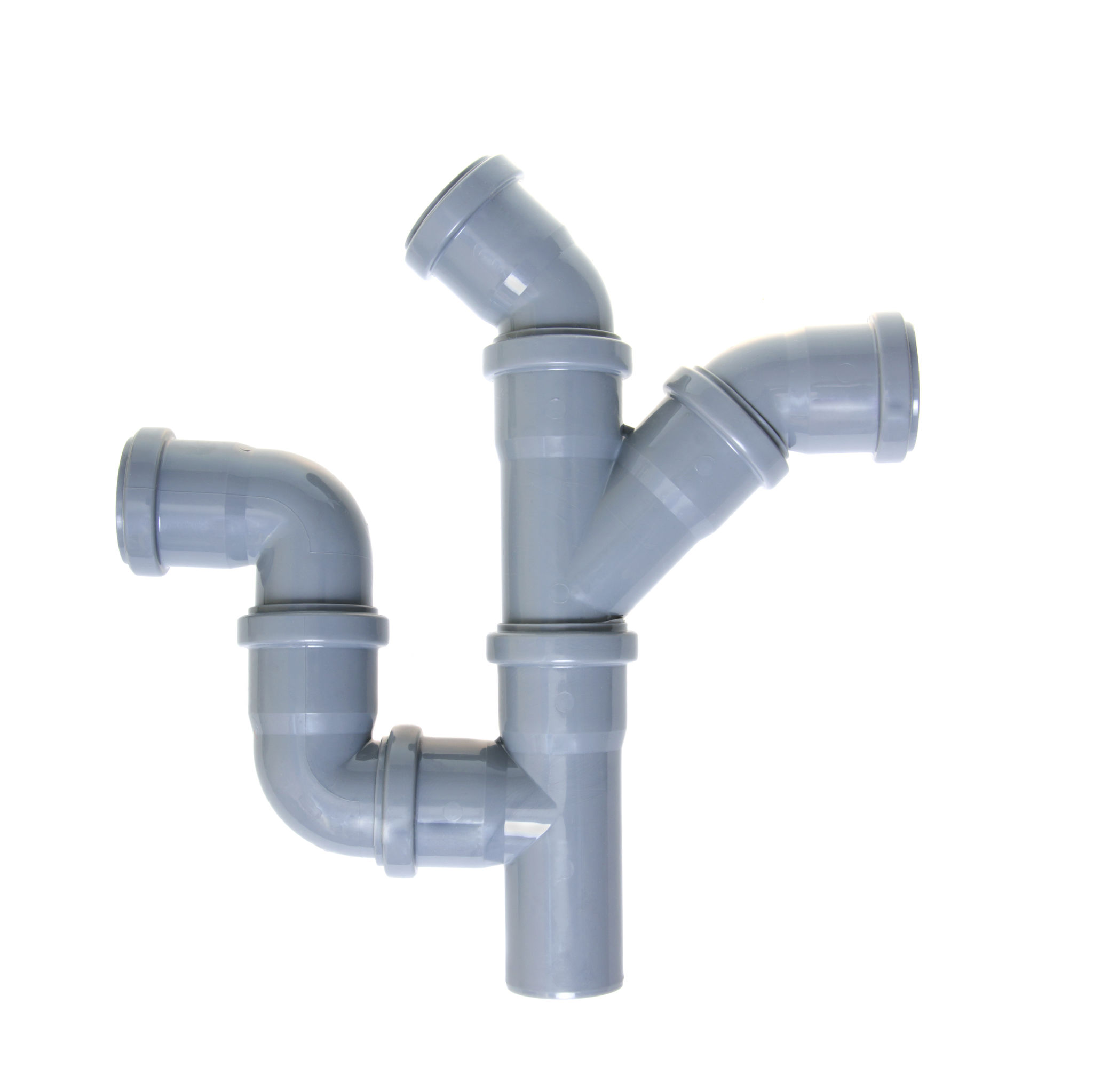The Role of Plastic Piping Solutions in Sustainable Development
Understanding Plastic Piping Solutions
Plastic piping solutions have become an integral part of modern infrastructure, providing a versatile and cost-effective alternative to traditional materials. With advancements in technology, these solutions offer enhanced durability and efficiency, making them essential in various applications. As global focus shifts towards sustainable development, the role of plastic piping in achieving these goals becomes increasingly significant.

Environmental Benefits of Plastic Piping
One of the primary advantages of using plastic piping solutions is their reduced environmental impact compared to other materials. Plastics such as PVC, HDPE, and PEX are not only lightweight but also require less energy to produce and transport. This results in a smaller carbon footprint. Moreover, the long lifespan of plastic pipes reduces the need for frequent replacements, which further minimizes environmental disruption.
Furthermore, plastic piping systems are highly resistant to corrosion and chemical degradation, ensuring that they remain effective over time with minimal maintenance. This durability contributes to improved water management by preventing leaks and conserving valuable resources. Given these factors, plastic piping is increasingly being recognized as a key component in sustainable urban planning.
Applications in Water and Energy Management
Plastic pipes play a crucial role in water management systems, including potable water supply, irrigation, and wastewater management. Their corrosion resistance ensures that water remains uncontaminated during transportation, safeguarding public health. Additionally, their flexibility allows for easy installation in complex terrains, making them ideal for expansive water distribution networks.

In the energy sector, plastic piping is used extensively in transporting natural gas and district heating systems. Their thermal insulation properties contribute to energy efficiency by minimizing heat loss during transmission. As renewable energy solutions continue to expand, plastic piping will play an integral role in supporting sustainable energy infrastructure.
Economic Advantages
The cost-effectiveness of plastic piping solutions cannot be overstated. Due to their lightweight nature, these pipes are easier and cheaper to install than traditional materials like metal or concrete. This translates into reduced labor costs and faster project completion times, which is beneficial for both public and private sector developments.
Moreover, the low maintenance requirements of plastic pipes result in significant long-term savings. Municipalities and businesses alike can allocate resources more efficiently, focusing on other critical areas of sustainable development.

Challenges and Future Prospects
Despite their many advantages, plastic piping solutions face challenges related to recycling and waste management. Efforts are being made to enhance the recyclability of plastic materials and reduce plastic waste through innovative designs and improved recycling technologies. Addressing these challenges is essential for maximizing the sustainable potential of plastic piping systems.
Looking ahead, continued research and development will further enhance the performance and sustainability of plastic piping solutions. Innovations such as bio-based plastics and smart sensors integrated into piping systems are on the horizon, promising even greater efficiency and environmental benefits.
Conclusion
In conclusion, plastic piping solutions are pivotal in driving sustainable development across various sectors. Their environmental, economic, and functional benefits make them a valuable resource in building resilient infrastructure for the future. As technology advances, these solutions will continue to evolve, supporting global efforts towards a more sustainable world.